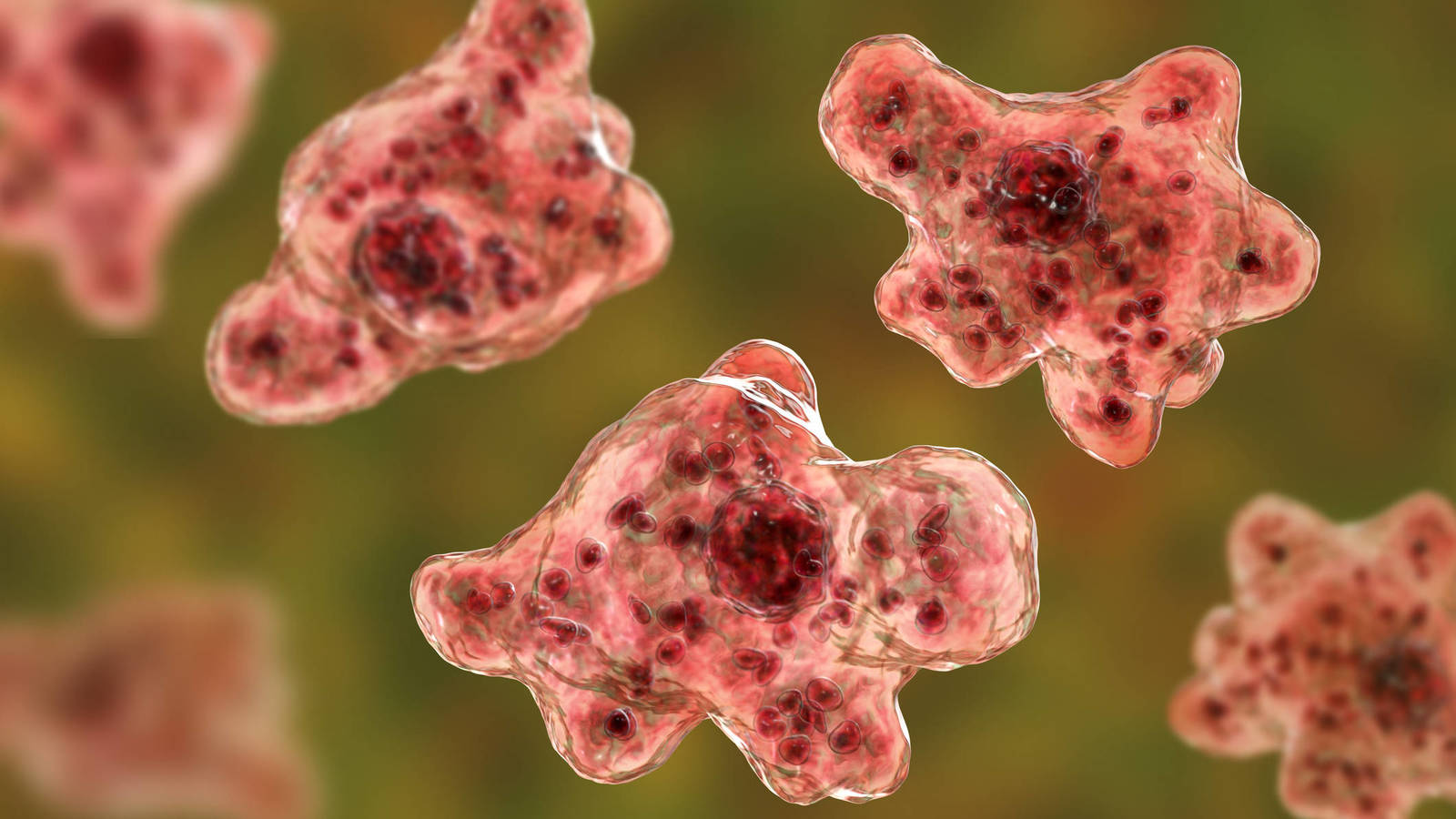

Coccidioides, which is found in soil in specific areas of the U.S.Histoplasma, which is found in environments that are heavily contaminated with bat and bird droppings, especially in the Midwestern States near the Ohio and Mississippi Rivers.Blastomyces, another type of fungus found in soil, particularly in the Midwestern United States.Cryptococcus, which is inhaled from dirt or soil that is contaminated with bird droppings, especially pigeons and chickens, or rotting vegetation.The most common funguses related to fungal meningitis include: People with a weakened immune system are more likely to develop fungal meningitis. It’s caused by a fungus that infects your body and then spreads from your bloodstream to your brain or spinal cord.
#Ameba come cerebro skin

The symptoms of chronic meningitis are similar to other forms of acute meningitis, but can sometimes develop slower. You’re diagnosed with chronic meningitis when your symptoms last for longer than 4 weeks. Symptoms of fungal meningitis resemble the other types of this infection. Your doctor will need to perform tests to determine which type you have. There’s no way to know if you have bacterial or viral meningitis just by judging how you feel. Bacterial and viral meningitis can be deadly. Seek immediate medical attention if you experience these symptoms. purple areas of skin that resemble bruises.Viral meningitis symptomsīacterial meningitis symptoms develop suddenly. The symptoms also vary depending on your age. However, bacterial meningitis symptoms are usually more severe. The symptoms of viral and bacterial meningitis can be similar in the beginning.


 0 kommentar(er)
0 kommentar(er)
